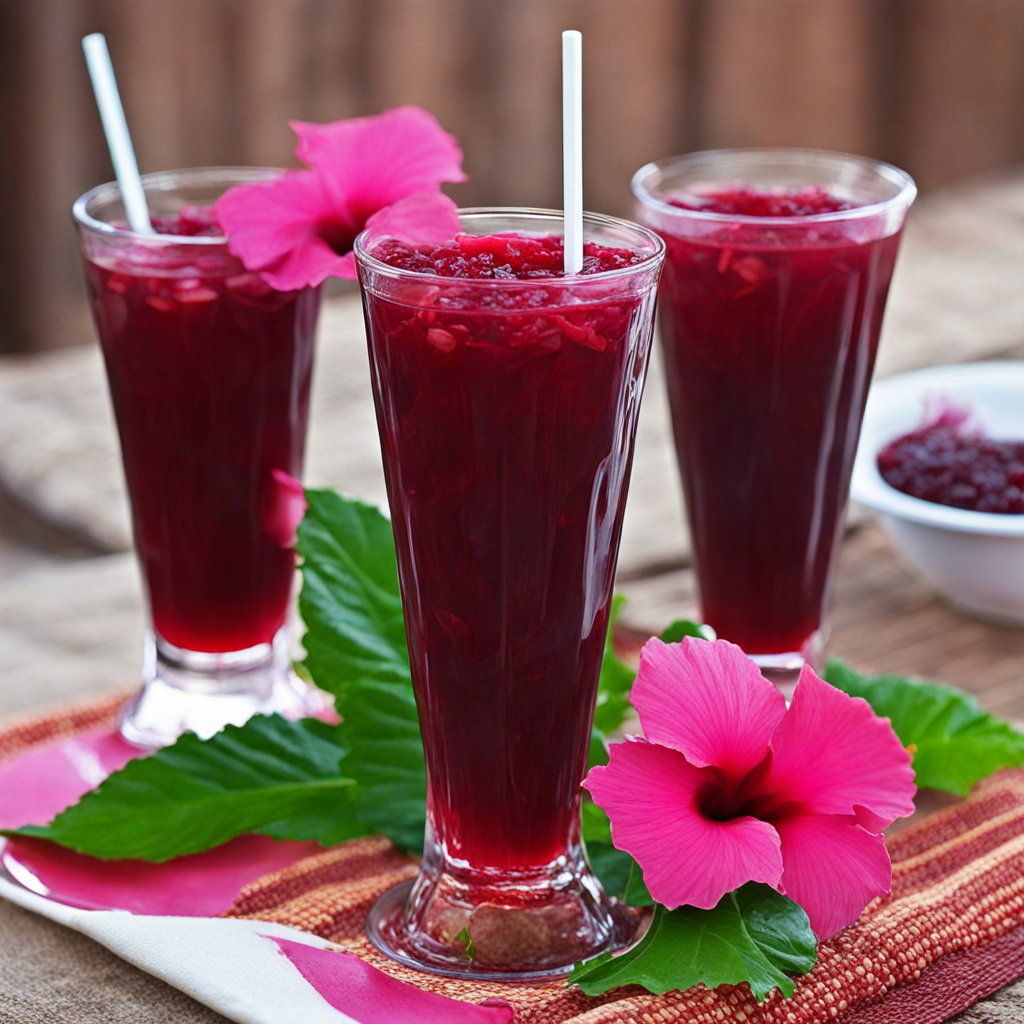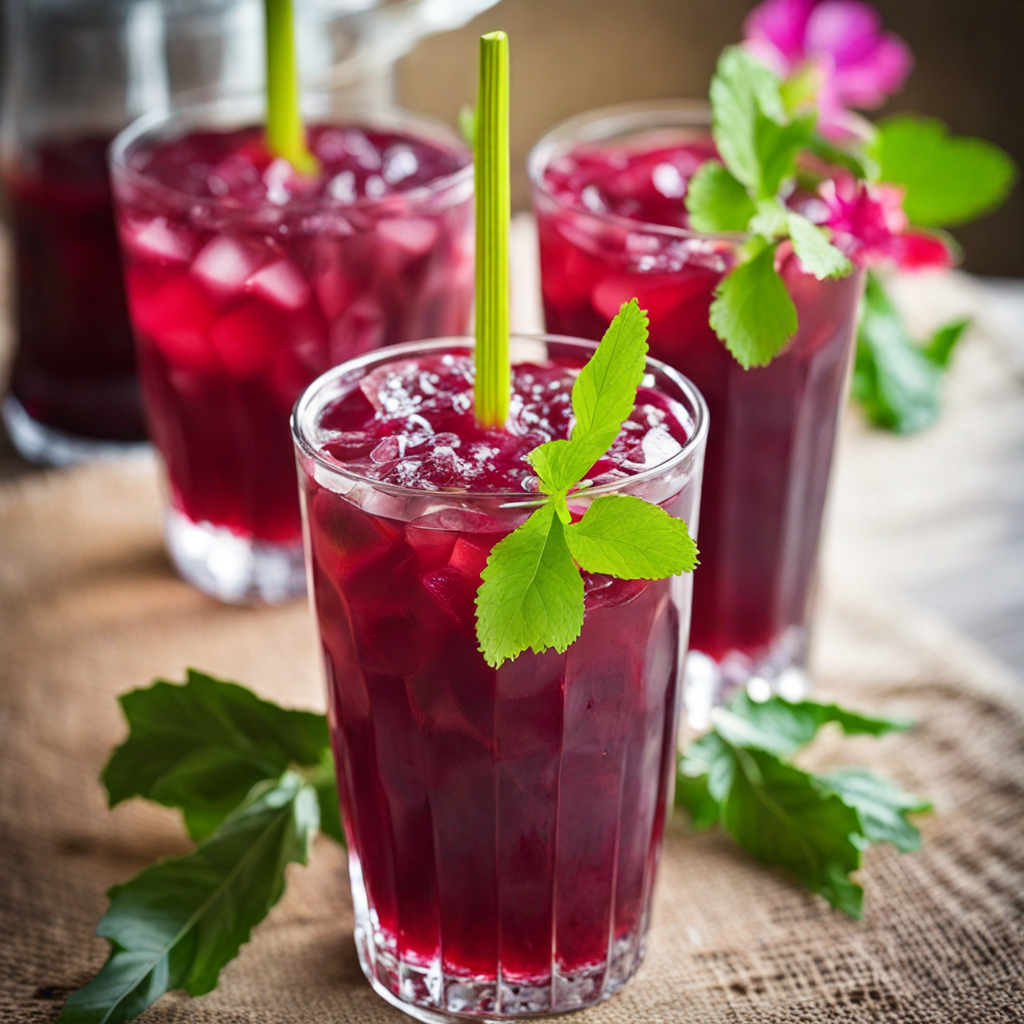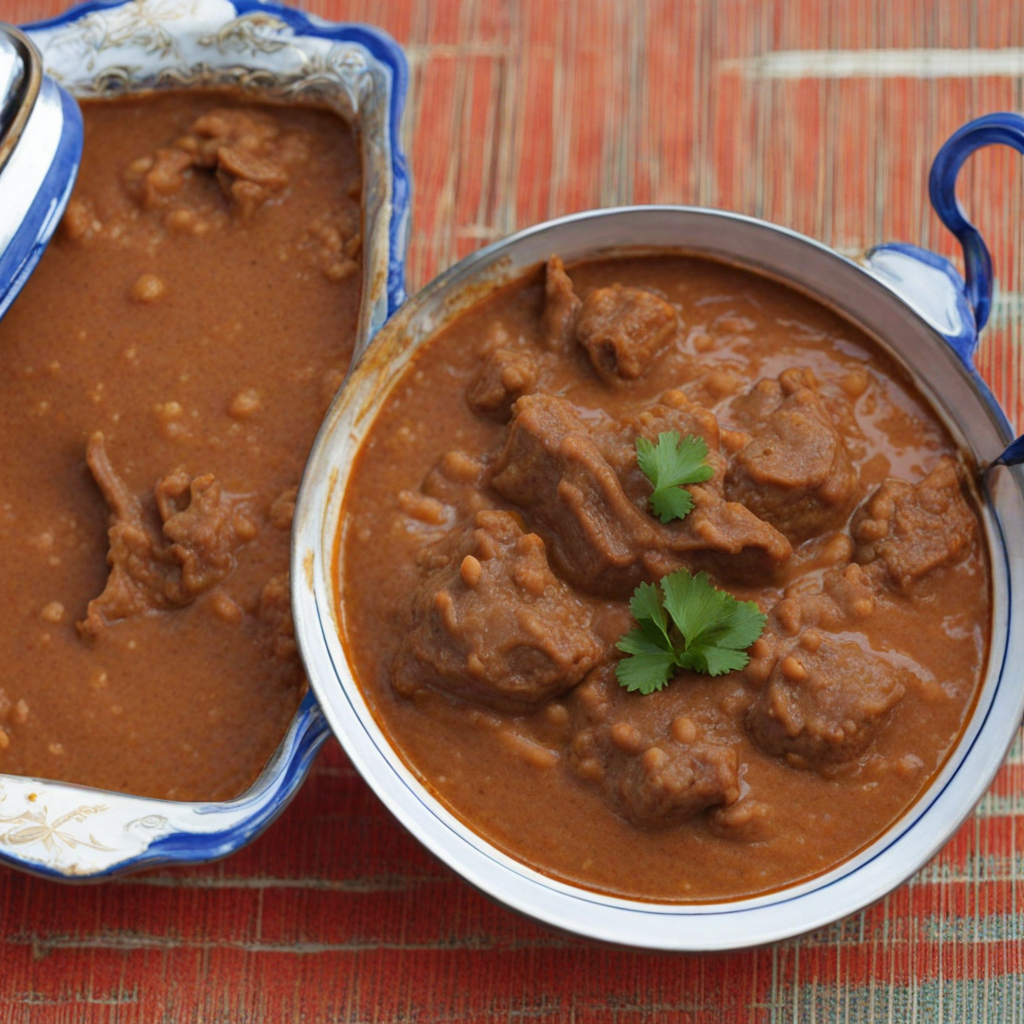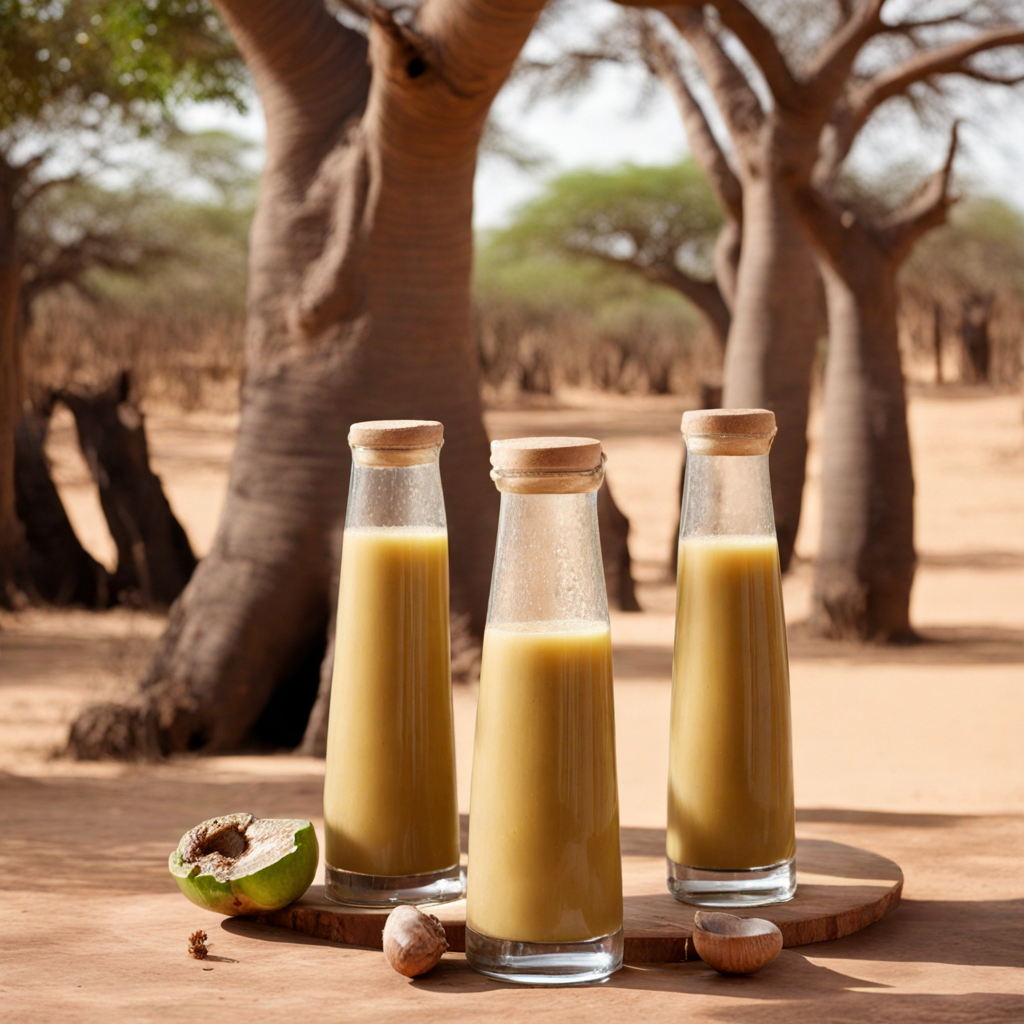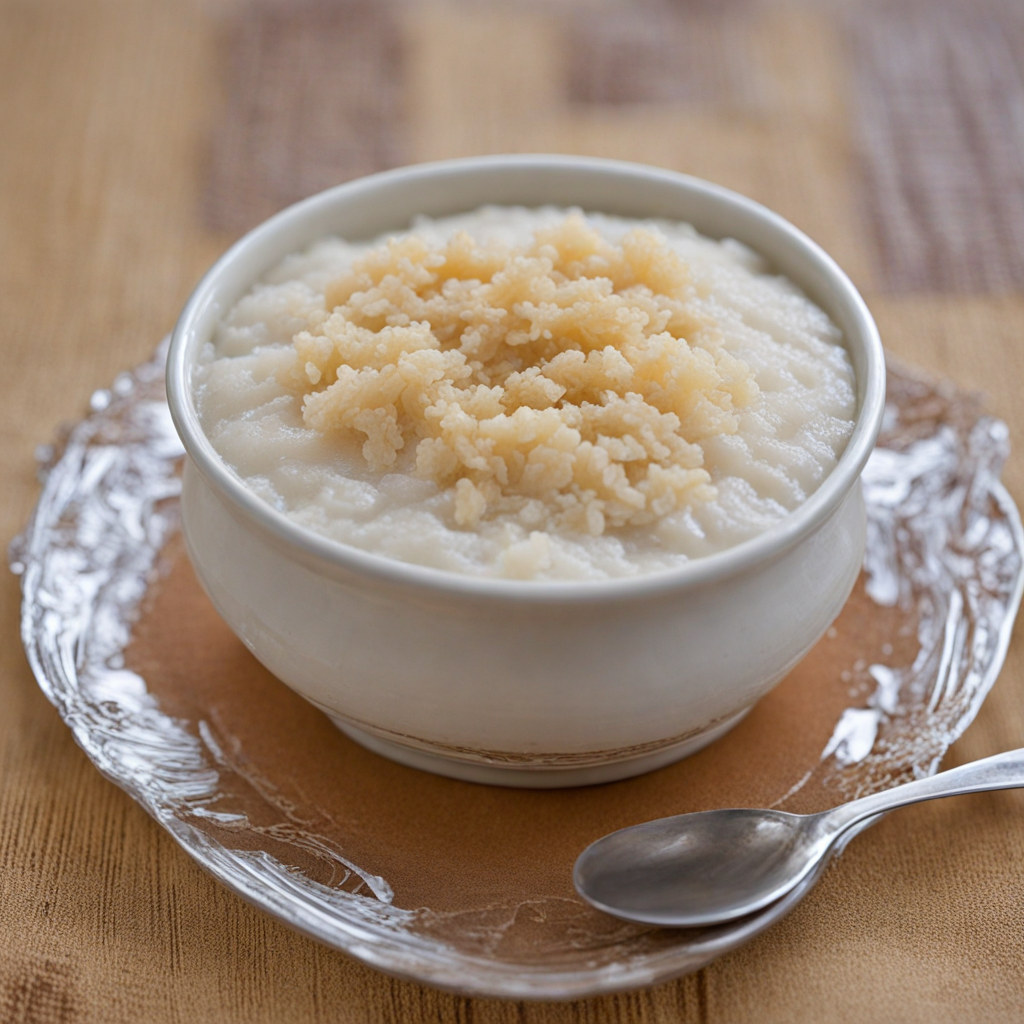Bissap
Bissap, a vibrant and refreshing beverage hailing from Senegal, is a delightful infusion made primarily from hibiscus flowers. The deep crimson hue of the drink is as striking as its flavor, which boasts a perfect balance of tartness and sweetness. Traditionally, dried hibiscus leaves are steeped in hot water, releasing their rich, tangy essence, which is then sweetened with sugar or honey. Some variations include the addition of fresh mint, ginger, or citrus fruits, enhancing the drink's aromatic profile and making it a true delight for the senses. The flavor of Bissap is often likened to a fusion of cranberry and pomegranate, offering a refreshing punch that makes it a popular choice in Senegalese households, especially during warm weather. Served chilled, Bissap can be enjoyed on its own or as a perfect accompaniment to spicy dishes, providing a cooling contrast that enhances the overall dining experience. Its versatility allows it to be enjoyed as a casual drink or a festive beverage during celebrations, showcasing its cultural significance and the warmth of Senegalese hospitality. Not only is Bissap delicious, but it is also packed with health benefits. Rich in antioxidants, vitamin C, and minerals, hibiscus is known for its potential to lower blood pressure and promote overall wellness. Whether sipped during a sunny afternoon or enjoyed at a lively gathering, Bissap embodies the essence of Senegalese flavors, making it a must-try for anyone seeking to explore the diverse and vibrant culinary landscape of West Africa.
How It Became This Dish
The History of Bissap: A Refreshing Symbol of Senegalese Culture Bissap, a vibrant, ruby-red drink made primarily from the dried calyces of the hibiscus flower (Hibiscus sabdariffa), is much more than just a refreshing beverage; it is a cultural icon steeped in history and tradition, particularly in Senegal. This drink has transcended its humble origins to become a symbol of hospitality and community, embodying the rich tapestry of West African culinary heritage. #### Origins and Early Uses The hibiscus plant is indigenous to Africa and has been utilized for centuries by various cultures for its medicinal and culinary properties. The use of hibiscus in beverages can be traced back to ancient civilizations, with records indicating that the flower was used in Egypt as early as the 9th century. In Senegal, the drink known as bissap likely has roots in the broader use of hibiscus in West African cuisine, where it has been consumed for both its tart flavor and health benefits. Traditionally, bissap was enjoyed for its cooling properties, especially in the hot, arid climates of West Africa. It was often prepared during special occasions, communal gatherings, and family celebrations, showcasing its role in bringing people together. The drink is not only refreshing but is also packed with vitamins and antioxidants, making it a favored choice in many households. #### Cultural Significance Bissap holds a special place in Senegalese culture, transcending its role as a mere beverage. It is a drink that signifies hospitality, warmth, and community spirit. In Senegal, when guests arrive, offering bissap is a customary gesture that reflects the host's generosity and respect. It is common to see bissap served at weddings, religious festivals, and other significant events, where it is often accompanied by traditional snacks or meals. The preparation of bissap itself can be seen as a communal activity. Families often come together to prepare the drink, each contributing their unique touch—be it the addition of mint, ginger, or various sweeteners. These variations not only highlight personal and regional preferences but also reinforce social bonds as families share in the labor and joy of making the drink. Moreover, bissap is often associated with celebrations of life and resilience. In many Senegalese communities, it is common to serve bissap during gatherings that commemorate life events, such as naming ceremonies and harvest celebrations. The drink's vibrant color and refreshing taste symbolize joy and vitality, making it a fitting choice for such occasions. #### Development Over Time As Senegal’s history unfolded, so too did the preparation and consumption of bissap. The colonial era introduced new ingredients and techniques that influenced traditional recipes. During this time, the availability of sugar and other sweeteners shifted the flavor profile of bissap, making it even more appealing to a broader audience. Today, bissap recipes can vary greatly depending on the region, with some opting for a pure hibiscus taste while others incorporate additional flavors, such as pineapple or lemon, to enhance its natural tartness. In the post-colonial period, as Senegal emerged as a nation with a strong cultural identity, bissap became a symbol of national pride. It is often featured in festivals celebrating Senegalese culture, drawing both locals and tourists alike. The drink's popularity has spread beyond Senegal, finding its way into the culinary scenes of neighboring countries and even international markets. In recent years, bissap has gained recognition in the global culinary community. Chefs and food enthusiasts have embraced the drink, creating innovative recipes and modern presentations that honor its traditional roots while appealing to contemporary tastes. This globalization of bissap reflects broader trends in food culture, where traditional recipes are reinterpreted and adapted for new audiences. #### Modern Interpretations and Global Recognition Today, bissap is enjoyed in various forms—served cold as a thirst-quenching beverage, or as a base for cocktails, infusions, and gastronomic creations. It is now not uncommon to find bissap on the menus of African restaurants around the world, introduced as a refreshing alternative to sodas and other sugary drinks. The health benefits associated with hibiscus—such as lowering blood pressure and improving digestion—have also contributed to its popularity, as consumers increasingly seek out natural and nutritious beverages. Furthermore, the rise of social media has allowed for the sharing of bissap recipes and stories beyond geographic boundaries. Food blogs, cooking shows, and platforms like Instagram have created a vibrant community of bissap enthusiasts who celebrate its diverse variations and cultural significance. This digital presence not only preserves the traditional methods of preparation but also invites new generations to engage with the drink and its history. #### Conclusion Bissap is more than just a beverage; it is a testament to the resilience and creativity of Senegalese culture. Its journey from ancient medicinal use to a beloved national drink encapsulates the spirit of community, hospitality, and celebration. As bissap continues to evolve and adapt to modern tastes, it remains a cherished symbol of Senegalese identity, inviting all to savor its refreshing flavor while appreciating its rich historical significance. Whether enjoyed at a family gathering, a street-side stall in Dakar, or a trendy café in New York, bissap connects people across cultures, celebrating the universal joy of sharing food and drink.
You may like
Discover local flavors from Senegal


